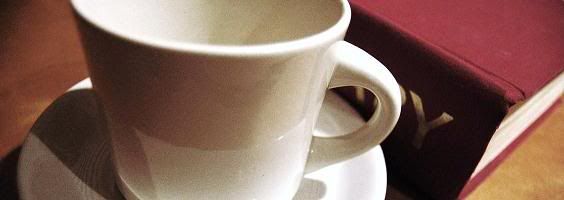I know I am a bit late in the game, but I watched Black Swan tonight and it turned out to be a great way to spend an hour and forty-five minutes. The movie is a piece of artwork. From the first scene to the last, my eyes were glued to the screen. The camera angles, the ubiquitous use of the mirror, and the lighting gave the movie a dramatic and hypnotizing effect. The cinematography is incredible.
The color palate is mute because the movie circles around images of black and white. What happens by continual scenes of black and white is that the play of the light is extremely important and extremely visible. The director is not concerned with directing color in his images, but controlling light, which juxtaposes shading, brightness, and haziness from one scene to the next, dramatizing the bipolar distinction between black and white.
Black Swan is broken down into formal elements in order to cast the correct mood and energy in each scene. The director and cinematographer paid close attention to angles, line, form and movement. The scenes are always shifting quickly from one angle to the next, consuming the viewer with different perspectives. These different perspectives opens up the world into the black swan white swan dichotomy, shifting so quickly from one point of view to the next leaving the viewer uncertain of who’s who. Line, form and movement play equal parts and are seen most heavily in the dancing by the ballerinas. The dancers are moving eloquently and we as the viewers see their forms as linear gestures through space. Their bodies are graceful and flowing, almost like a brush on a canvas. This movie actually reminds me a lot of Jackson Pollock’s Autumn Rhythm.
Pollock’s painting is a world of tangled lines and movements that look chaotic, yet there is something about these movements collectively that make the canvas appear as one solid entity. The cinematography is shown in this light because it takes from so many different angles and shows layer upon layer of images in the mirrors, yet through this bustle and noise the viewer still sees the soft motions and beauty through the grotesque.









